Welcome to the definitive guide on ADA-compliant grab bar height, where we delve into the crucial aspects of ensuring safety and accessibility in every space. When it comes to creating inclusive environments, complying with the Americans with Disabilities Act (ADA) requirements is paramount. Grab barsplay a vital role in providing stability and support for individuals with mobility challenges, but their height and placement are often overlooked.
*** NOTE: This article pertains primarily to commercial applications, public spaces, and public housing applications - a vastly modified approach must be taken for privately owned homes ***
In this comprehensive guide, we will demystify the ADA guidelines for grab bar height, explaining the specific requirements for different areas such as bathrooms, showers, and public spaces. We will explore the rationale behind these regulations, highlighting the importance of proper installation to enhance safety and independence for all individuals. Whether you are an architect, contractor, or simply a concerned individual looking to make your space more accessible, this guide will equip you with the knowledge and insights necessary to ensure compliance and promote inclusivity. Get ready to transform your spaces into welcoming and accessible environments that prioritize safety and inclusivity for everyone.

Understanding the Americans with Disabilities Act (ADA)
The Americans with Disabilities Act (ADA) was enacted in 1990 to prohibit discrimination against individuals with disabilities and ensure their equal opportunity in various aspects of life, including employment, public accommodations, transportation, and more. The ADA sets forth specific guidelines and requirements for different spaces to ensure accessibility and inclusivity for individuals with disabilities.
The ADA recognizes that individuals with mobility challenges require additional support to navigate public spaces safely. Grab bars are an essential feature in various locations, providing stability and assistance to those who need it. These bars are commonly found in bathrooms, showers, and other areas where individuals may require additional support to maintain balance and prevent falls. However, it is crucial to understand the ADA guidelines for grab bar height to ensure their effectiveness and compliance with the law.
The ADA guidelines for grab bar height are designed to accommodate individuals with disabilities, enabling them to use these facilities independently and safely. By adhering to these guidelines, architects, contractors, and facility managers can create inclusive environments that ensure accessibility for all individuals, regardless of their physical abilities.
The Importance of Grab Bar Height in Ensuring Safety
Proper grab bar height is essential in ensuring the safety and independence of individuals with mobility challenges. When grab bars are installed at the correct height, they provide the necessary support for individuals to maintain balance, transfer between surfaces, and navigate spaces safely. On the other hand, incorrect grab bar height can pose risks and limit the accessibility of spaces for those who rely on them.
The primary purpose of grab bars is to provide stability and support. They assist individuals with disabilities in performing various tasks independently, such as sitting down or standing up from a toilet, entering and exiting a shower, or moving around in public spaces. Grab bars can significantly reduce the risk of falls and injuries, promoting greater confidence and independence for individuals with mobility challenges.
The height of grab bars is crucial to their effectiveness. If grab bars are installed too low or too high, individuals may struggle to use them comfortably, compromising their safety and independence. Therefore, it is vital to adhere to the ADA guidelines for grab bar height to ensure optimal functionality and accessibility.
ADA Guidelines for Grab Bar Installation
The ADA provides specific guidelines for grab bar installation to ensure compliance and accessibility. These guidelines outline the appropriate height, location, and other requirements for grab bars in different spaces. By following these guidelines, architects, contractors, and facility managers can create environments that are safe, accessible, and inclusive for individuals with disabilities.
The ADA guidelines state that grab bars should be mounted between 33 and 36 inches above the finished floor. This range ensures that grab bars are within reach for most individuals with mobility challenges, allowing them to comfortably grasp and utilize the bars for support. The ADA also specifies a diameter requirement for grab bars, which should be between 1.25 and 1.5 inches. This diameter provides a secure grip for individuals with varying hand sizes and abilities.
In addition to height and diameter requirements, the ADA guidelines also address the proper placement and structural support of grab bars. Grab bars should be securely anchored to the wall, capable of supporting at least 250 pounds of weight, and extend a minimum of 1.5 inches from the wall to allow sufficient space for gripping. It is crucial to ensure that the materials used for grab bars are durable, resistant to corrosion, and capable of withstanding regular use.
When installing grab bars, it is essential to consider the specific needs and abilities of the individuals who will be using them. Grab bars should be strategically placed to provide optimal support and accessibility. For example, in bathrooms, grab bars should be installed near toilets and bathtubs, ensuring individuals can safely transfer between these surfaces. In showers, grab bars should be positioned to provide stability and support while individuals are bathing. In public spaces, grab bars should be located along pathways and ramps to assist individuals with maintaining balance and navigating the environment.
Determining the Appropriate Height for Grab Bars in Different Spaces
The appropriate height for grab bars varies depending on the specific space and its intended use. Different areas, such as bathrooms, showers, and public spaces, have distinct requirements to ensure accessibility and safety for individuals with disabilities.
In bathrooms, grab bars play a crucial role in assisting individuals with using toilets and maintaining balance. According to ADA guidelines, grab bars near toilets should be installed at a height between 33 and 36 inches. These grab bars should be positioned in a way that allows individuals to easily reach and grasp them while sitting down or standing up. Additionally, grab bars should be placed on both sides of the toilet to accommodate individuals with varying needs and preferences.
When it comes to showers, grab bars are essential for individuals to enter, exit, and maneuver safely. The ADA guidelines state that grab bars in showers should be installed vertically and horizontally. Vertical grab bars should be mounted between 9 and 11 inches from the corner where the shower seat is located. Horizontal grab bars should be positioned between 24 and 36 inches from the shower floor, allowing individuals to maintain their balance while bathing. These guidelines ensure that individuals can safely access the shower and perform necessary tasks independently.
In public spaces, grab bars are crucial for individuals with disabilities to navigate the environment confidently. The ADA guidelines recommend installing grab bars along pathways and ramps to provide support and stability. The height of these grab bars should be between 33 and 36 inches to accommodate individuals using mobility devices or those who require additional assistance while walking. By ensuring the proper height and placement of grab bars in public spaces, individuals with disabilities can access and move around with ease.
Types of Grab Bars and Their Installation Requirements
Grab bars come in various types and designs to accommodate different needs and preferences. The type of grab bar chosen for a specific space depends on factors such as the intended use, the individual's abilities, and the overall aesthetic of the environment. Each type of grab bar has specific installation requirements to ensure compliance and functionality.
1. Straight Grab Bars: Straight grab bars are the most common type and are typically used in bathrooms, showers, and other areas where individuals require support and stability. These bars can be installed horizontally or vertically, depending on the specific needs of the space. Straight grab bars should be securely anchored to the wall, ensuring they can withstand the weight and pressure exerted by individuals.
2. Angled Grab Bars: Angled grab bars are designed to provide additional support and assistance when navigating corners or changes in direction. These bars are commonly used in showers, where individuals may need to turn or change positions while standing. Angled grab bars should be installed at a height and angle that allows individuals to maintain their balance comfortably.
3. Flip-Up Grab Bars: Flip-up grab bars are a popular choice in spaces where flexibility is required. These bars can be folded up against the wall when not in use, providing more space and convenience. Flip-up grab bars should be securely mounted and capable of supporting the weight of individuals when in the down position.
4. Floor-to-Ceiling Grab Bars: Floor-to-ceiling grab bars are ideal for spaces where wall-mounted grab bars are not feasible or preferred. These bars are mounted from the floor to the ceiling, providing stability and support throughout the entire height of the space. Floor-to-ceiling grab bars should be installed with proper structural support to ensure their stability and durability.
When installing grab bars, it is essential to follow the manufacturer's instructions and recommendations for each specific type. Proper installation ensures that the grab bars function effectively and safely, providing the necessary support for individuals with disabilities.
Common Misconceptions about Grab Bar Height
There are several common misconceptions about grab bar height that can lead to non-compliance and limited accessibility. These misconceptions often stem from a lack of understanding of ADA guidelines and the needs of individuals with disabilities. By debunking these misconceptions, we can ensure that grab bars are installed at the appropriate height, promoting safety and inclusivity.
1. Myth: Grab bars should be installed at the same height for everyone.
- Fact: ADA guidelines specify a height range for grab bars to accommodate individuals with varying needs and abilities. The height of grab bars should be within the range of 33 to 36 inches, allowing individuals to comfortably reach and grasp them. Installing grab bars at a fixed height can limit accessibility and exclude individuals with mobility challenges.
2. Myth: Grab bars should be installed at the highest possible height to accommodate taller individuals.
- Fact: ADA guidelines specify a height range that is suitable for the majority of individuals with disabilities. Installing grab bars at the highest possible height may make them out of reach for shorter individuals or those using mobility devices. It is crucial to adhere to the recommended height range to ensure accessibility for individuals of different heights and abilities.
3. Myth: Grab bars are only necessary for individuals with severe mobility challenges.
- Fact: Grab bars are beneficial for individuals with varying degrees of mobility challenges. They provide support and assistance, allowing individuals to maintain balance and perform tasks independently. Installing grab bars in spaces such as bathrooms and showers ensures accessibility for individuals with temporary disabilities, older adults, and anyone who may require additional support.
4. Myth: Grab bars are unsightly and detract from the aesthetics of the space.
- Fact: While grab bars may have been associated with institutional or clinical environments in the past, there are now numerous stylish and modern designs available. Grab bars can blend seamlessly with the overall aesthetic of the space, enhancing its accessibility without compromising its visual appeal. It is essential to select grab bars that complement the design and style of the environment.
By dispelling these misconceptions and understanding the rationale behind ADA guidelines, we can create spaces that prioritize safety, accessibility, and inclusivity for individuals with disabilities.
Selecting ADA-compliant grab bars is crucial to ensure their effectiveness and compliance with accessibility standards. By considering the following tips, you can choose grab bars that meet the specific needs of your space while adhering to ADA guidelines.
1. Familiarize yourself with ADA guidelines: Before selecting grab bars, familiarize yourself with the specific ADA guidelines for grab bar height, diameter, placement, and other requirements. Understanding these guidelines will enable you to make informed decisions and ensure compliance.
2. Choose the appropriate type of grab bar: Consider the specific needs of your space and the individuals who will be using the grab bars. Select the type of grab bar that best suits the intended purpose and accommodates the abilities of the users. Straight grab bars are versatile and widely used, while angled grab bars or flip-up grab bars may be more suitable for certain spaces.
3. Consider the material and finish: Grab bars should be made from durable materials that can withstand regular use and are resistant to corrosion. Stainless steel is a popular choice due to its strength, durability, and resistance to rust. Additionally, consider the finish of the grab bars to ensure they blend with the aesthetics of the space.
4. Ensure proper installation: Proper installation is essential to the functionality and safety of grab bars. Follow the manufacturer's instructions and recommendations for each specific type of grab bar. Ensure that grab bars are securely anchored to the wall, capable of supporting the weight of individuals, and positioned at the correct height and location.
5. Seek professional assistance if needed: If you are unsure about selecting or installing grab bars, consider seeking professional assistance from architects, contractors, or accessibility consultants. These professionals have the expertise and knowledge to ensure compliance with ADA guidelines and create inclusive environments.
By following these tips, you can select and install ADA-compliant grab bars that enhance safety, accessibility, and inclusivity in your spaces.
Installing ADA-compliant grab bars offers numerous benefits for both individuals with disabilities and the overall community. These benefits extend beyond safety and accessibility, positively impacting the lives of individuals and promoting inclusivity.
1. Enhanced safety: ADA-compliant grab bars provide individuals with disabilities the necessary stability and support to move around safely. By reducing the risk of falls and injuries, grab bars promote independence and confidence. They also provide peace of mind for individuals, their families, and caregivers.
2. Increased accessibility: Grab bars ensure that individuals with disabilities can access and use facilities independently. They eliminate barriers and enable individuals to perform everyday tasks with ease, such as using toilets, entering and exiting showers, or navigating public spaces. Installing grab bars demonstrates a commitment to inclusivity and equal opportunity for all individuals.
3. Improved quality of life: By installing grab bars, individuals with disabilities can maintain their independence and carry out daily activities without assistance. This increased autonomy contributes to a higher quality of life, allowing individuals to live with dignity and participate fully in society.
4. Positive social impact: Creating inclusive environments through the installation of grab bars fosters a sense of belonging and acceptance. It sends a powerful message that individuals with disabilities are valued members of society, deserving of equal rights and opportunities. By promoting inclusivity, communities become more diverse, compassionate, and understanding.
5. Legal compliance: Adhering to ADA guidelines for grab bar height ensures compliance with legal requirements. By implementing these guidelines, individuals, architects, contractors, and facility managers can avoid legal issues and potential penalties. It also demonstrates a commitment to upholding the rights of individuals with disabilities.
Installing ADA-compliant grab bars not only ensures safety and accessibility but also contributes to a more inclusive and equitable society.
Ensuring Accessibility Beyond Grab Bar Height
While grab bar height is a crucial aspect of ensuring accessibility, it is essential to consider other factors that contribute to inclusive environments. Accessibility extends beyond the installation of grab bars and encompasses various elements that promote independence and equal opportunity for individuals with disabilities.
1. Pathways and ramps: Designing wide




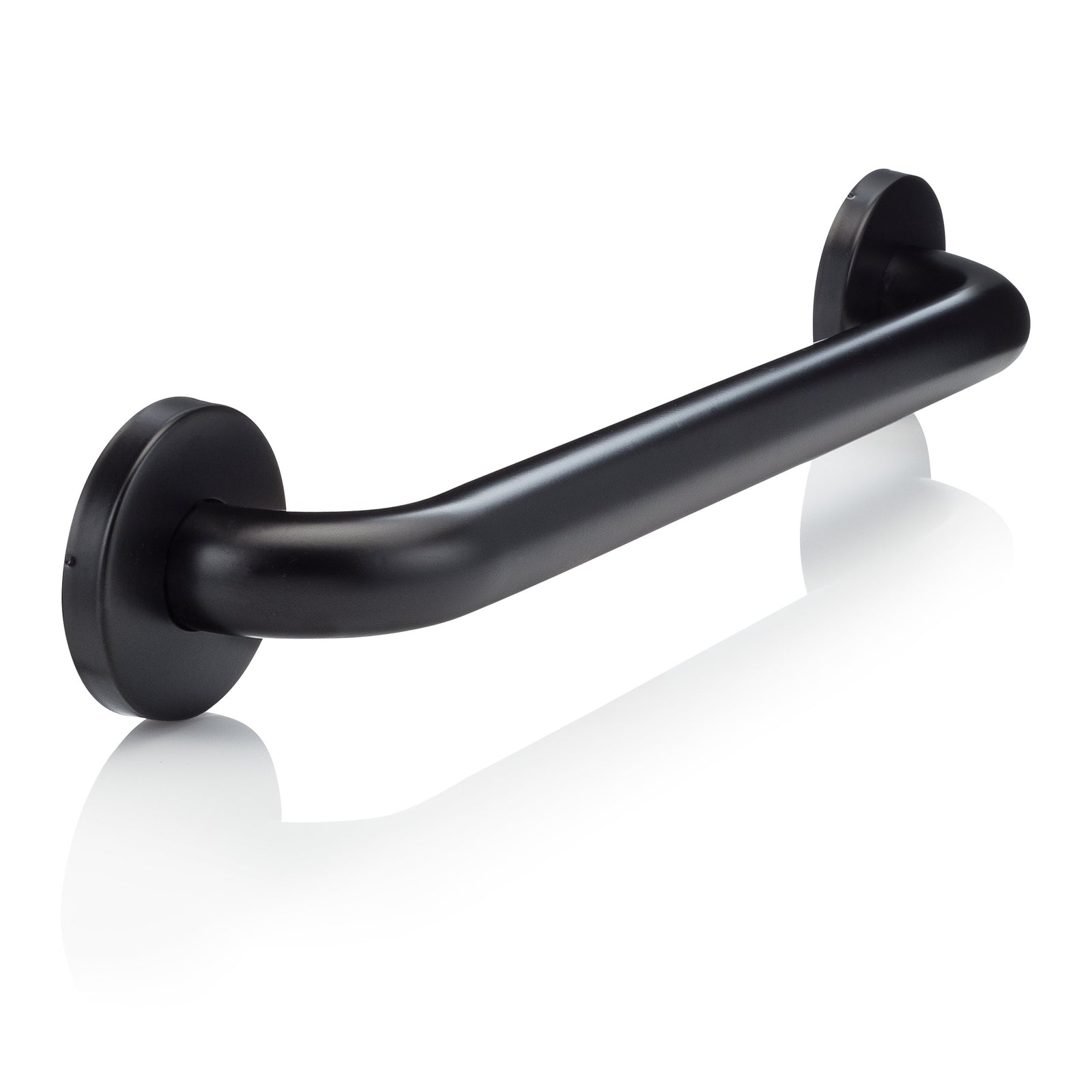

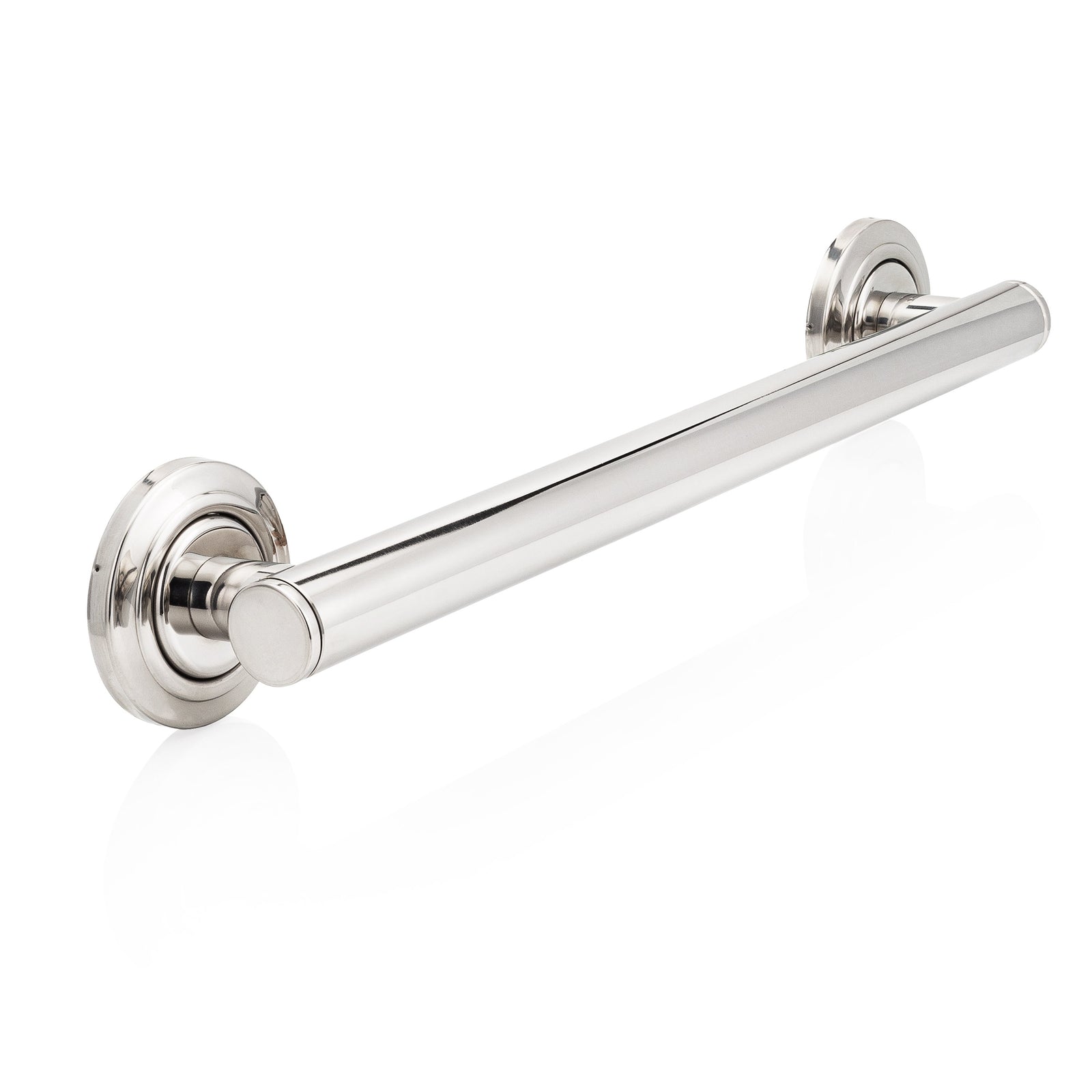
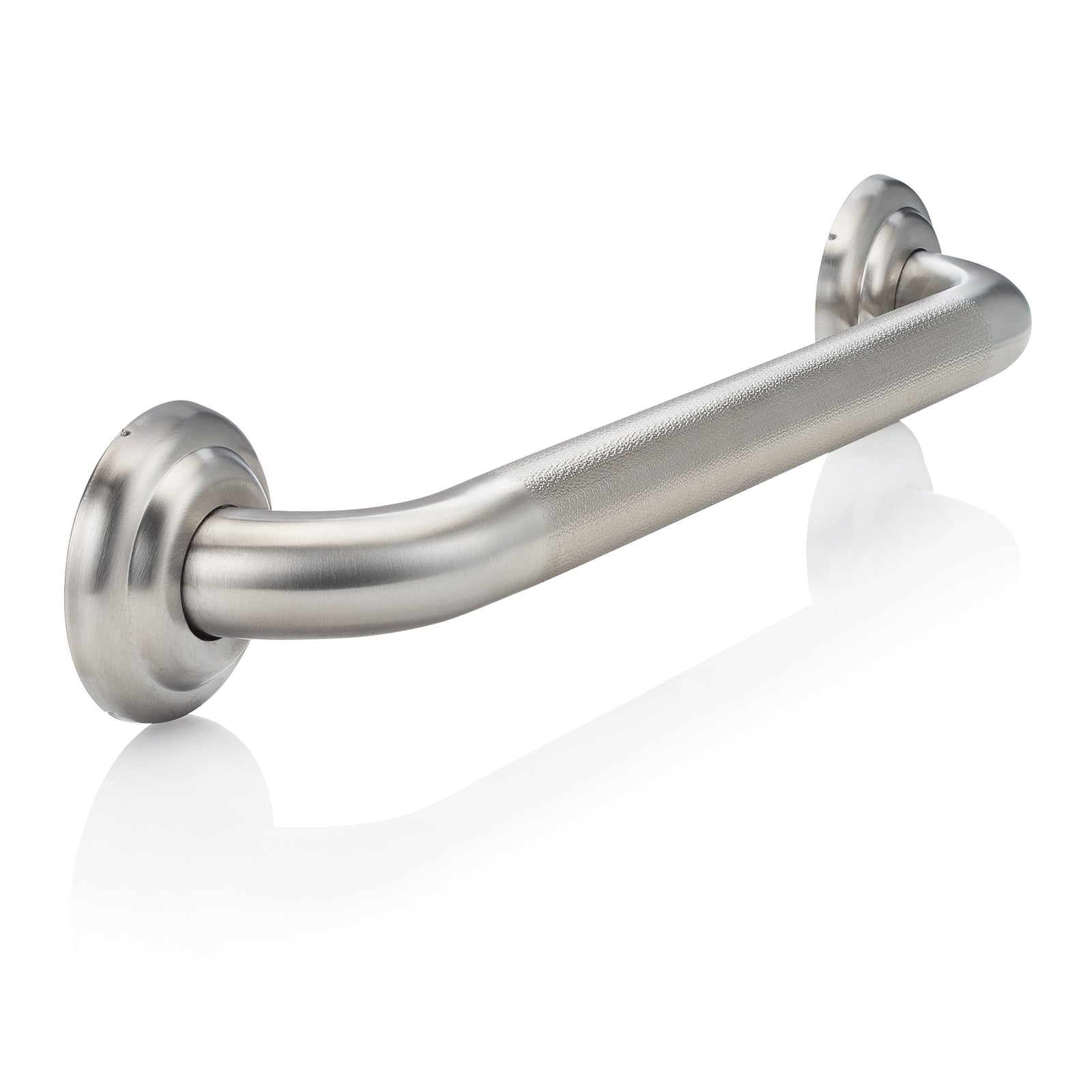
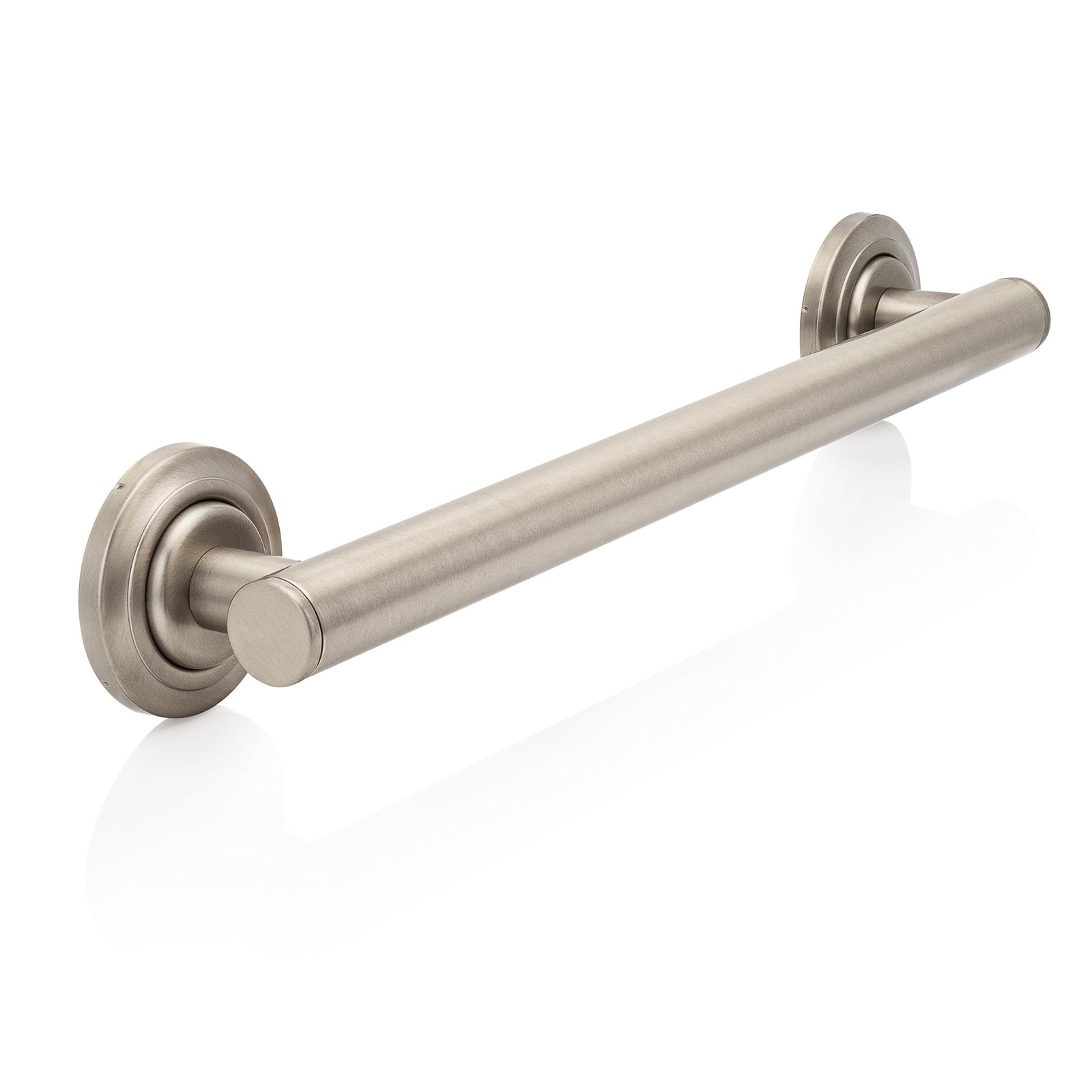
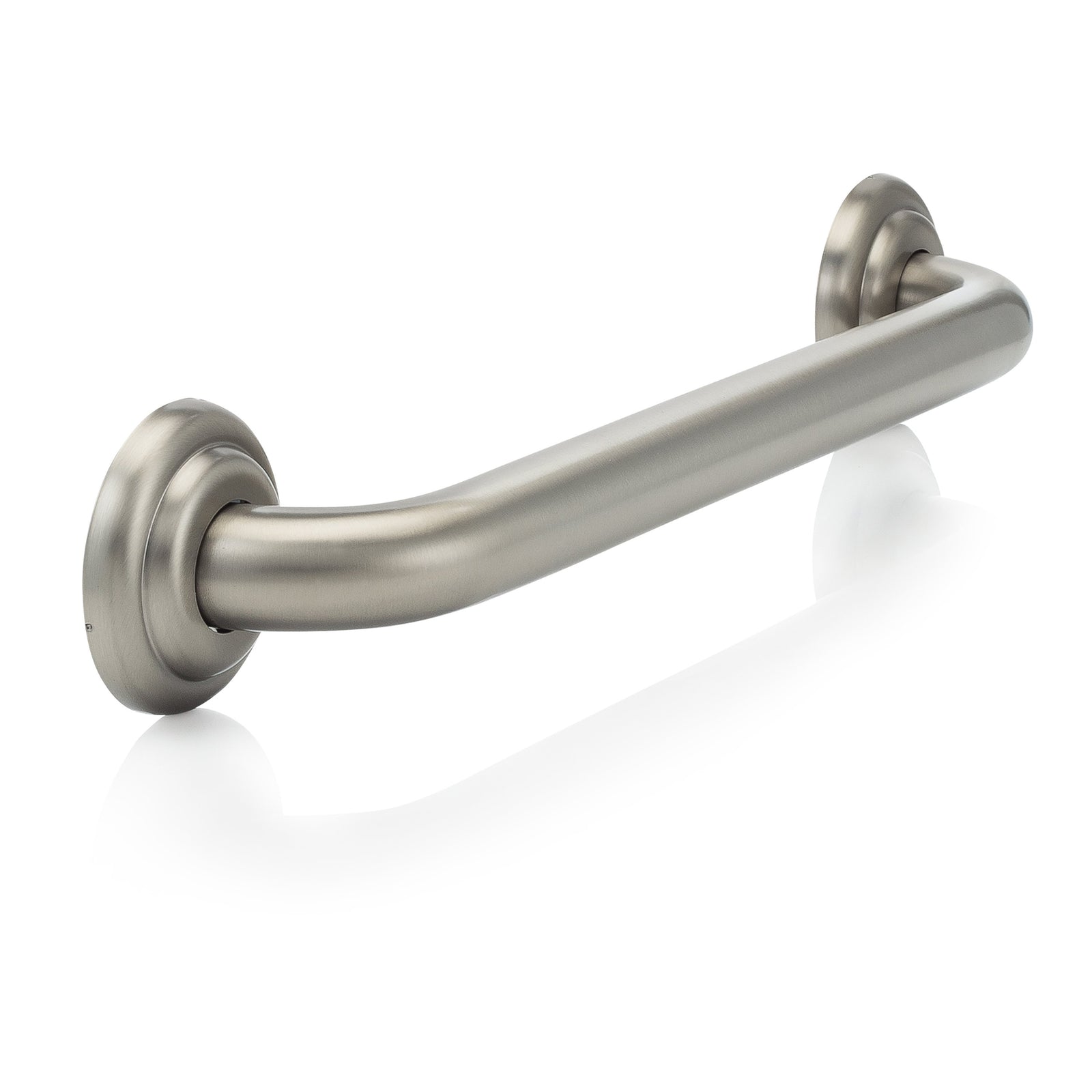
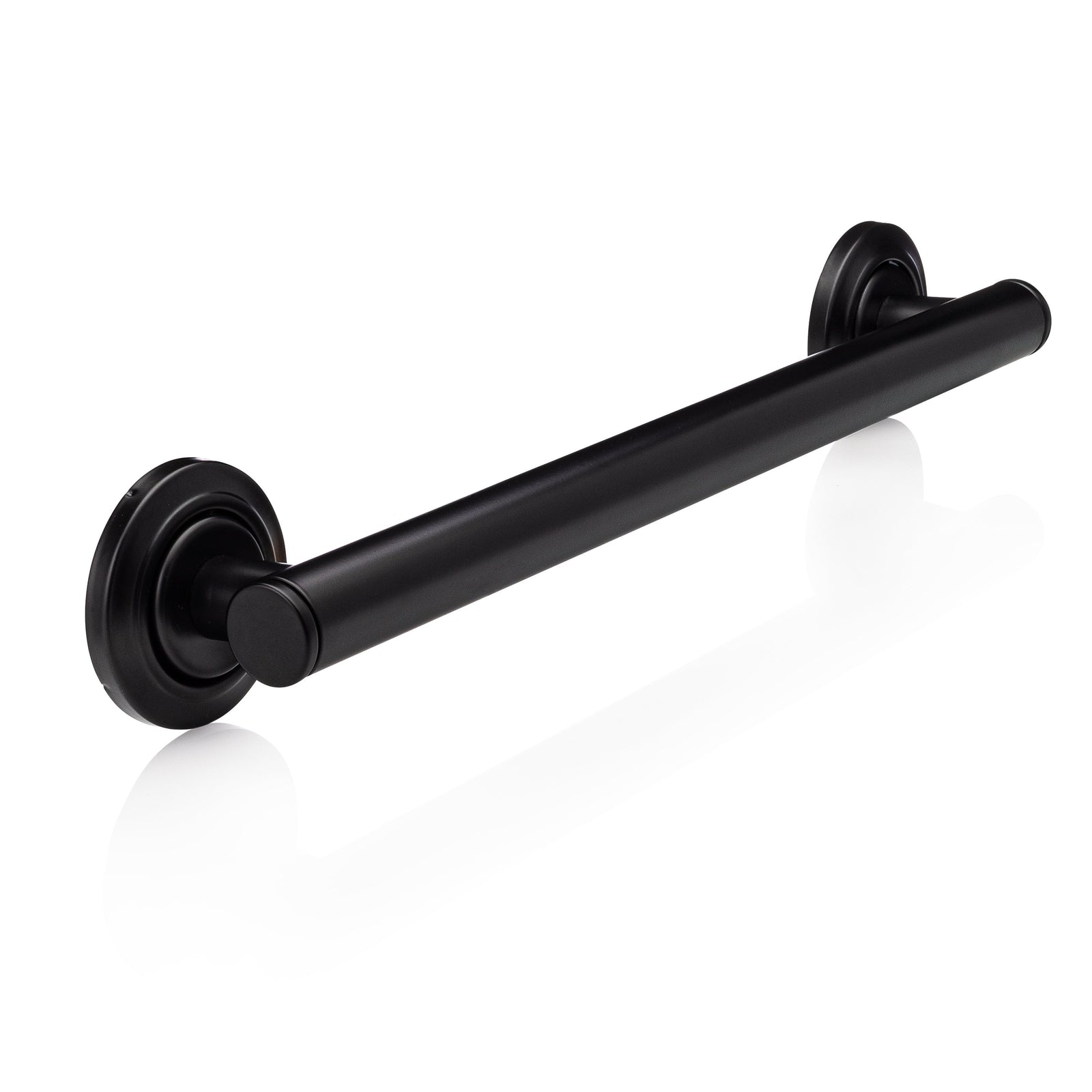
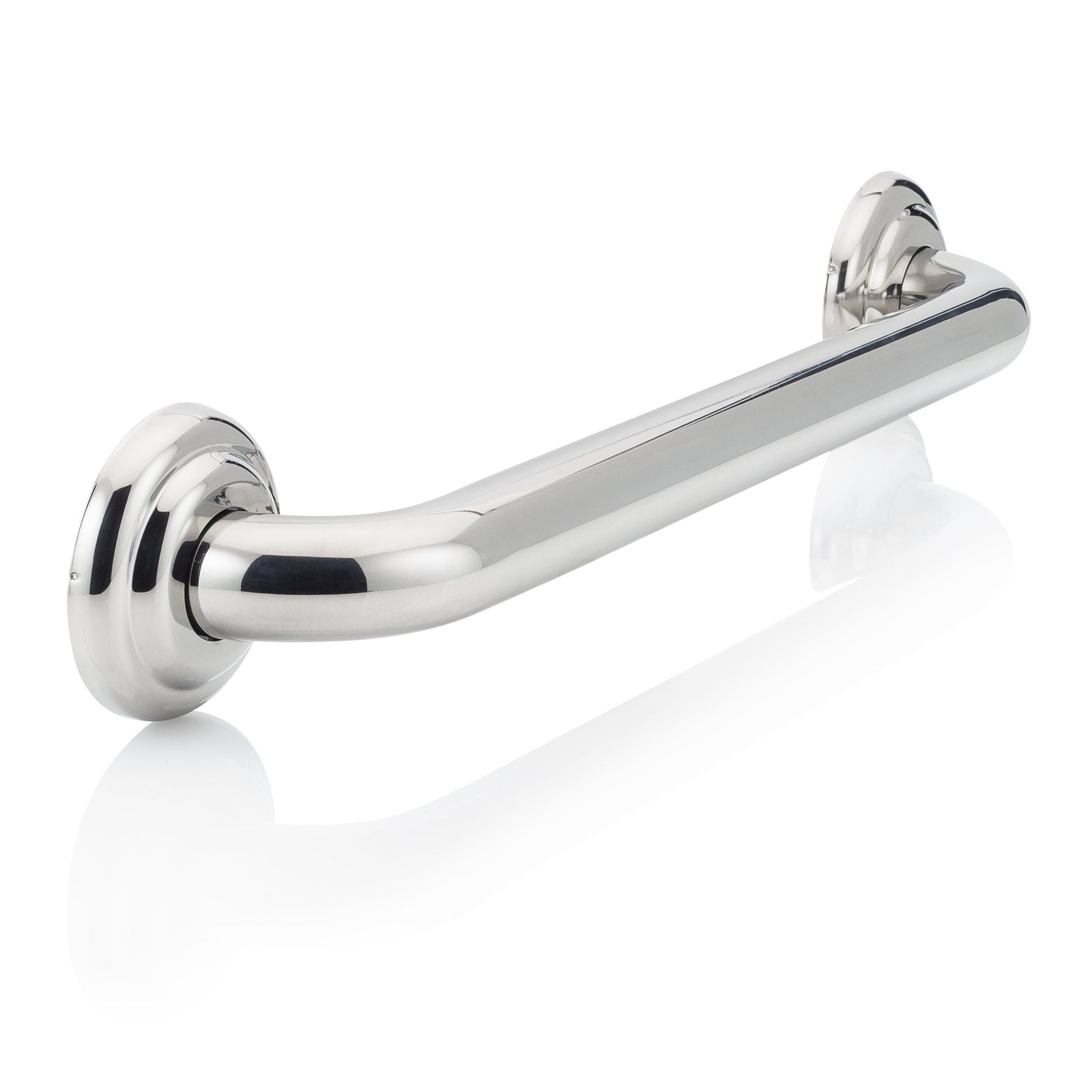

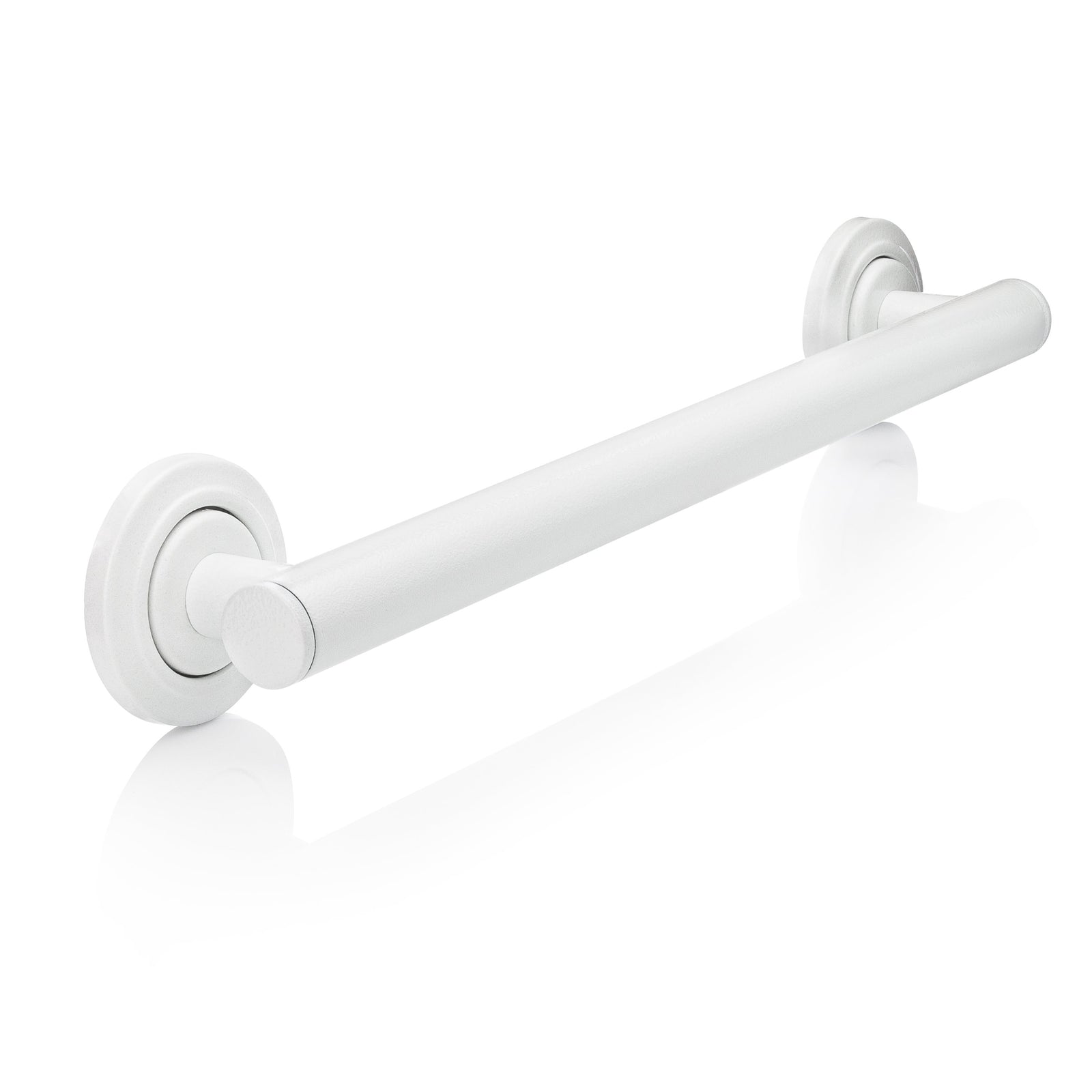
Leave a comment (all fields required)